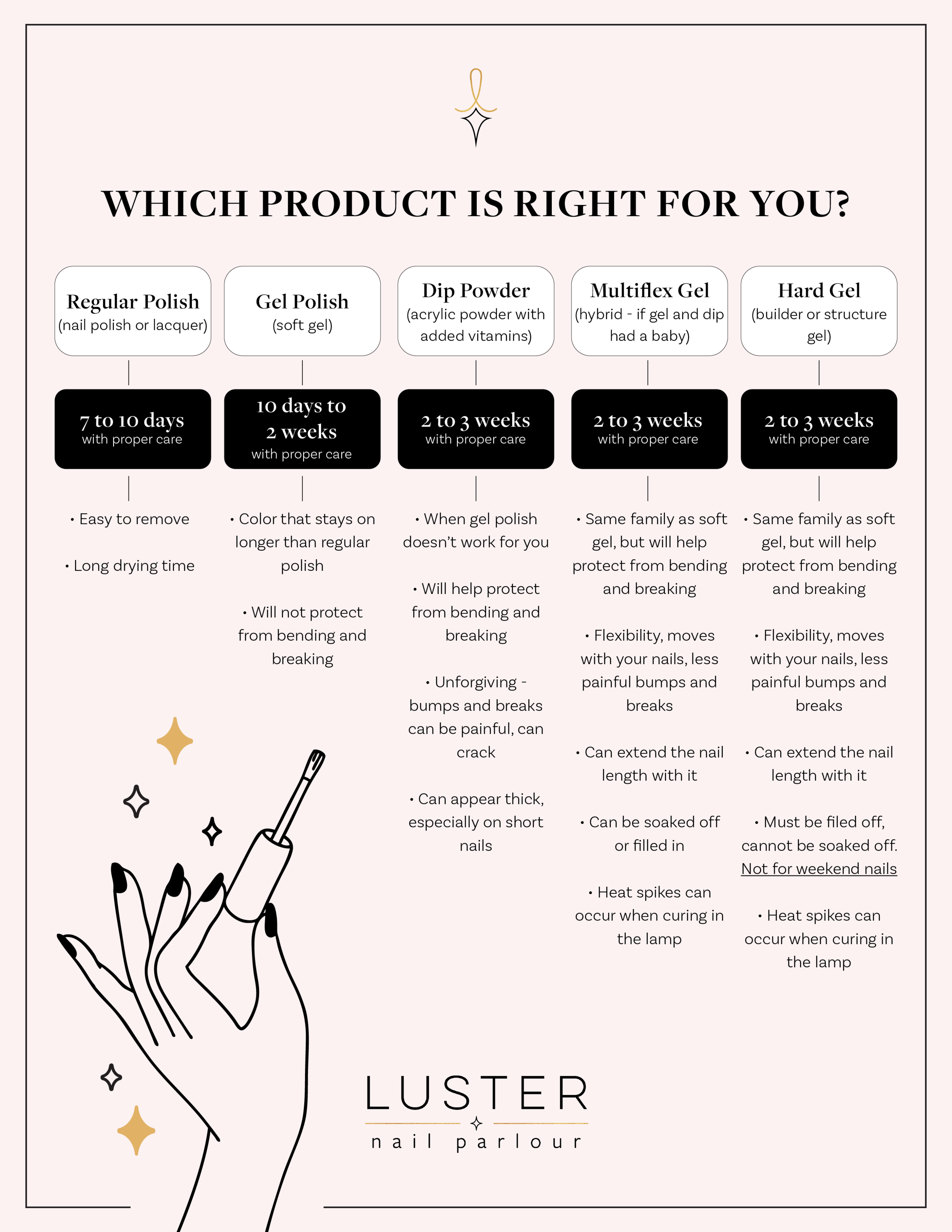Which Product is right for you?
1. Identify your needs
Before determining which product is right for you, it’s crucial to identify your specific needs. Consider what problem you’re trying to solve, the features you require, and your budget constraints. Understanding your needs will help narrow down the options and make the decision-making process easier.
2. Research different products
Once you’ve identified your needs, it’s time to research different products that could potentially meet those needs. Whether you’re looking for a software solution, a physical product, or a service, make sure to explore the options available in the market. Look for reviews, testimonials, and case studies to gain insights into the performance and reliability of each product.
3. Consider your budget
Your budget plays a significant role in determining which product is right for you. While it’s essential to invest in a high-quality product, it’s also crucial to stick to your budget. Consider the long-term costs associated with the product, including maintenance, upgrades, and any additional fees. Compare the pricing of different products and evaluate the value you’ll get for your investment.
4. Seek recommendations
Seek recommendations from peers, industry experts, or online communities to get insights from people who have used the products you’re considering. They can provide valuable information about their experiences, the pros and cons of each product, and any pitfalls to watch out for. Their recommendations can help you make a more informed decision.
5. Try before you buy
If possible, try out a demo or trial version of the product before making a purchase. This will give you a hands-on experience with the product and help you determine whether it meets your needs and expectations. Look for features that are important to you, the user interface, and the overall usability of the product.
6. Consider the long-term benefits
When evaluating different products, consider the long-term benefits that each one offers. Look beyond the initial features and consider factors such as scalability, integrations with other tools, and future updates. A product that can grow and evolve with your needs will provide greater value in the long run.
7. Assess customer support and reliability
Customer support and reliability are essential factors to consider when choosing a product. Look for reviews and testimonials that speak to the quality of customer support provided by the product’s company. Additionally, assess the reliability of the product by researching its uptime, performance history, and any security incidents.
8. Make a decision
After considering all the factors and doing your research, it’s time to make a decision. Choose the product that best aligns with your needs, budget, and long-term goals. Keep in mind that no product is perfect, so prioritize the features and benefits that are most important to you.
Conclusion
Choosing the right product for your needs requires careful consideration and thorough research. By identifying your needs, researching different products, considering your budget, seeking recommendations, trying before you buy, assessing long-term benefits, and evaluating customer support and reliability, you can make an informed decision. Remember to prioritize the features and benefits that are most important to you and choose a product that will provide the most value for your investment. With these steps, you can confidently select the product that is right for you.
You can review our digital products by following us on Etsy.





